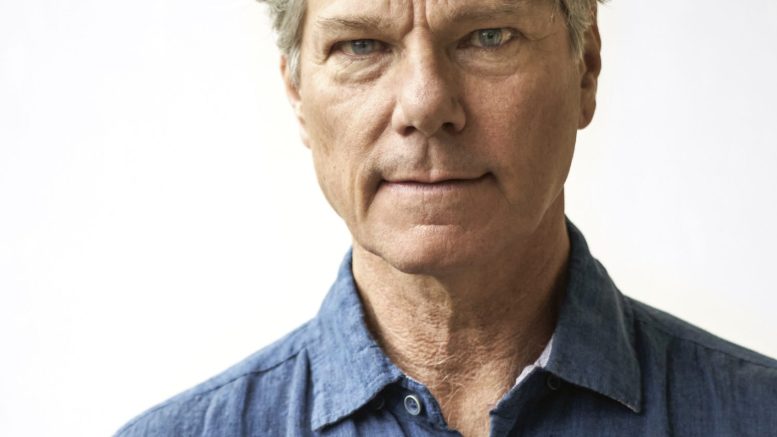In May 2016, a system of wildfires broke out in Northern Alberta and ravaged the city of Fort McMurray, and in just one afternoon, around 88,000 people were evacuated. Footage of the evacuations quickly surfaced online, showing smoke-filled air, burning debris raining on cars and walls of flaming trees surrounding terrified evacuees. The scene was nothing short of an apocalyptic movie.
In total, 579,767 hectares of land burned and around 2,400 homes and businesses were destroyed. Two residents passed away because of a car crash during evacuation. Located in the Athabasca oil sands and serving as a hub for the petroleum industry, Fort McMurray’s fire is also considered Canada’s most expensive disaster.
Shocked but intrigued by the devastating fire, American Canadian journalist and author John Vaillant began interviewing locals who had experienced the wildfire, eventually writing Fire Weather: The Making of a Beast. His book has gone on to win numerous awards, including the 2024 J. W. Dafoe Book Prize, a prestigious award given to a book that focuses on topics relevant to Canada and Canadians.
In an interview, Vaillant mentioned that the 2016 Fort McMurray wildfire is of great historical significance because of its extent and scale.
“Fort McMurray is a powerhouse. It’s one of the wealthiest municipalities in the country, very well equipped [with] great infrastructure,” said Vaillant. He explained that the wildfire triggered the largest and most rapid evacuation due to fire in modern times anywhere on earth. “It’s a historic event,” said Vaillant.
“It wasn’t just a quick flurry. It burned for almost a week. Inside the city, firefighters were fighting neighbourhood to neighbourhood, often losing neighbourhoods. So it was really a true disaster,” he added.
While wildfires naturally occur in boreal forests and are sometimes necessary for species like the lodgepole pine to regenerate, the combination of unusually high temperatures and low levels of humidity in Alberta in 2016 created the perfect opportunity for exceptionally devastating fires.
“[I] also understood how strange the climatic conditions were that day. It was 33 C, which broke the record by six degrees for that region. And the relative humidity was 12 per cent. […] I looked around North America to see where 12 per cent was a normal relative humidity, and you have to go to Death Valley in Southern California in the month of July,” he said.
“So if you take desert dryness and record temperatures and put them into the boreal forest […] you are not just going to get a fire. You’re going to get a firestorm.”
With global warming and the extensive use of fossil fuels, Vaillant coined the term “21st century fire” in his book to describe increasingly ravenous modern fires.
According to Natural Resources Canada, 15 million hectares of Canadian forests were burnt in 2023, but, only 2.1 million hectares were burned on average. It seems like wildfires will be here to stay.
Though this may paint a bleak picture, a culture of sustainability is emerging. More countries, even those with conservative governments, are adopting renewable energy sources like solar and wind power.
Despite this progress, many young people and university students feel nihilistic and powerless about major world issues. Vaillant points out that it is unfair to place this burden on the younger generation. He reflected on climate change and his own children, who are in their early 20s.
“The job of a young person [or] student is not to fix [climate change]. The job of a young person or a student is to become as strong and healthy as they can be, to educate themselves, to build a community that they trust, to find work that is meaningful and rewarding,” he added.
“This is a very special time in your life to be in university, and it’s not a time to be fatalistic or feeling like you carry the weight of the world on your shoulders. It’s a beautiful, hopeful time, and the world is going to be here for you.”
Vaillant held a lecture based on his book at U of M on Oct 29. Connect with Vaillant on X at @JohnVaillant to learn more about the author behind the award-winning Fire Weather: The Making of a Beast.


